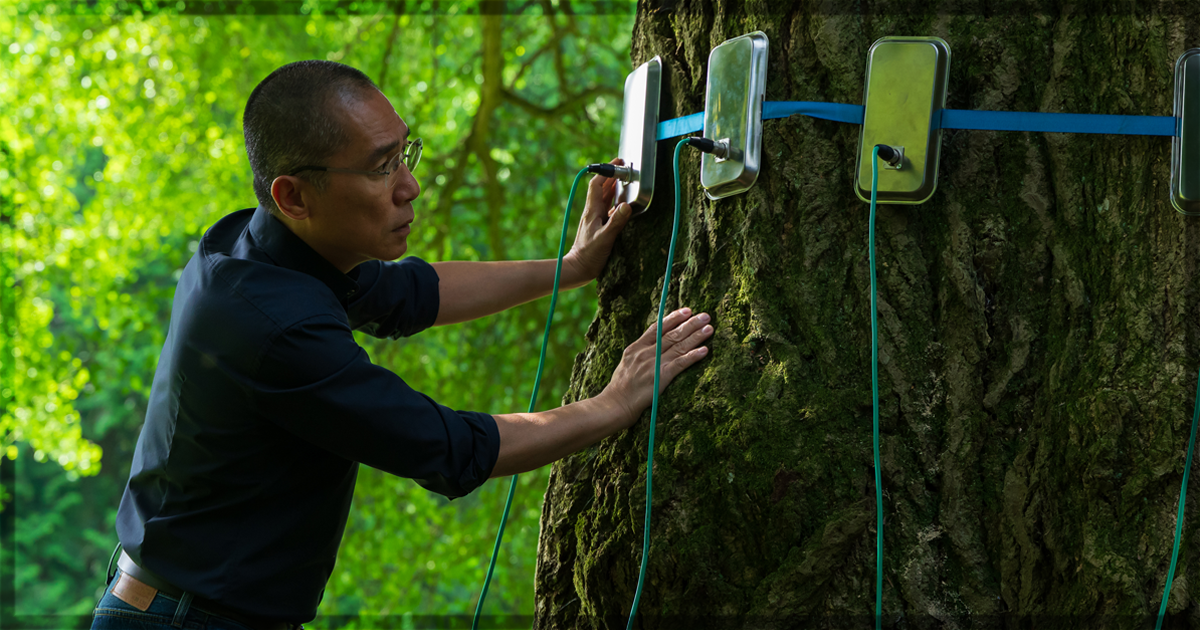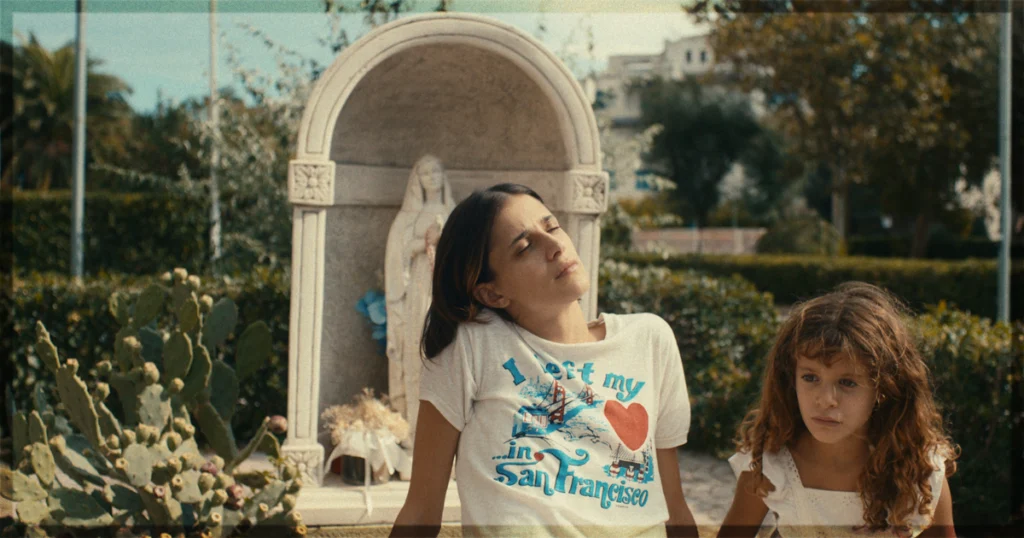It is so hard to figure out how other people think that a movie like Silent Friend, which lays it all out step by step, is just so incredibly cool. The fact that it is hooked onto a real tree in a real place – an enormous ginkgo tree in the old botanical garden on the campus of The University of Marburg in Germany; we could all pop over there tomorrow and take a look at it – somehow gives this story about how we gain knowledge a palpable power. At its core this movie is about what it takes to make a breakthrough, whether scientific or artistic. The answer here is amiable isolation, whether by choice or by circumstance, combined with access to the technology that enables thought to become form. That means Silent Friend will struggle to find an audience beyond the Venice Film Festival even with the presence of its international stars, because this is not the easiest or the most comfortable concept. And yet. Those major stars are working with director Ildikó Enyedi, who co-wrote the script with Tina Kaiser, for excellent reasons, and their achievement with this film is nothing short of joyous.
Three time strands braid themselves together around that gingko tree. In the late 1900s Grete (Luna Wedler) applies to attend Marburg the first year Germany opens up its higher education to women, and must sit through an appalling interview where the professors ask her deliberately humiliating questions about the sex lives of plants. In the early 1970s an aimless student named Hannes (Enzo Brumm) becomes infatuated with his housemate Gundula (Marlene Burow) who has stuck some sensors on a geranium in her room to see what there is to see. And in 2019, a world-famous scientist, Tony (Tony Leung, working mainly in English in his first ever European film) accepts a teaching post at Marburg based on his work studying the brain waves of babies. His career is based on trying to figure out how these little creatures who cannot communicate in the adult way think and therefore learn. And we all know what happened in spring 2020. When the university locks down he is entirely alone on campus, with nothing to do but walk the grounds and reflect. So he starts to wonder if there are things the trees could be telling us if only we knew how to listen.
Well, he is not entirely alone. There is a caretaker (Sylvester Groth) who resents Tony’s presence and who speaks only German, meaning they must communicate across the social distance through speech translator apps. There is also a French scientist named Alice (Léa Seydoux), whose talks on plants Tony finds online. As she is locked down alone with her toddler, she has the time and the goodwill to answer Tony’s emails and entertain his theories about the trees. Back in the past, Grete is having a miserable time as the only female student on campus until she ends up working for room and board in a photographer’s studio. The photographer (Martin Wuttke) built his cameras himself in an era where the negative still prints onto glass and does not think the work suitable for a woman, but Grete is motivated, and desperate. Quickly she becomes fascinated by the technology, and it doesn’t take her long to figure out the scientific possibilities the camera offers.
In the 1970s, young Hannes is so alienated by student life that the weird plant in his pretty housemate’s room becomes a sort of talisman, a sort of ally. Despite putting the sensors on, Gundula is too busy being young to pay her intel much attention. Data analysis is what bored and lonely housemates are for, but the realisations Hannes achieves just by paying attention and rigging up a few wires are genuinely remarkable. Tony is able to go further still, because the technology has advanced further too. But his breakthroughs would not have been possible without the assistance of Alice or the caretaker. Without some encouraging angels over your shoulder, things can feel impossible. And yet with a friend on your side the sky is truly the limit.
Gergely Pálos’s beautifully considered cinematography echoes that of the eras – Grete’s story is black and white, Hannes’s is on fuzzy-looking film stock while Tony’s is crisp and digital, which helps ground us in the feeling of the time. There is an awful lot of looking at people thinking about things, looking at pictures of plants or graphs of data or the plants themselves and somehow this is entrancing. Both Grete and Hannes also noticed that gingko tree on campus, because they were both also so lonely they felt like the trees were their friends too. Ms. Wedler makes Grete’s determination to fulfil her potential essential; her doggedness despite the sexism and unfairness she encounters around almost every corner makes the past unbelievably modern. Mr. Brumm’s part has very little dialogue, but the ways he demonstrates Hannes’ growing excitement is really delightful. The score always manages to add a touch of anticipation. And of course Mr. Leung, the world-class movie star, grounds everything he touches with his polite restraint barely veiling how intrigued he is by everything around him. You might think someone with such a major career would not be able to surprise us anymore either, and you would be wrong.
Then again nearly everything in this movie feels impossible. You’d think it was impossible for a tree to somehow be the center of a movie, but in recent years we have had films from the perspective of a hippo (the Colombian movie Pepe) and from statues (the Golden Bear-winning Dahomey), so why not a tree? It is perhaps even more impossible to say the film is about how the tree relates to those three people, but this would not be wrong either. When you are standing still in one place you have all the time in the world to observe the world around you, but what you do with that wisdom is up to you. Silent Friend goes to show just how far that curiosity and goodwill can take you, and how knowledge and discovery are two-way streets. Anyone curious enough to explore this movie will come away with an entirely new perspective on the world.
Silent Friend recently played at the Venice International Film Festival.
Learn more about the film at the official Venice site for the title.


